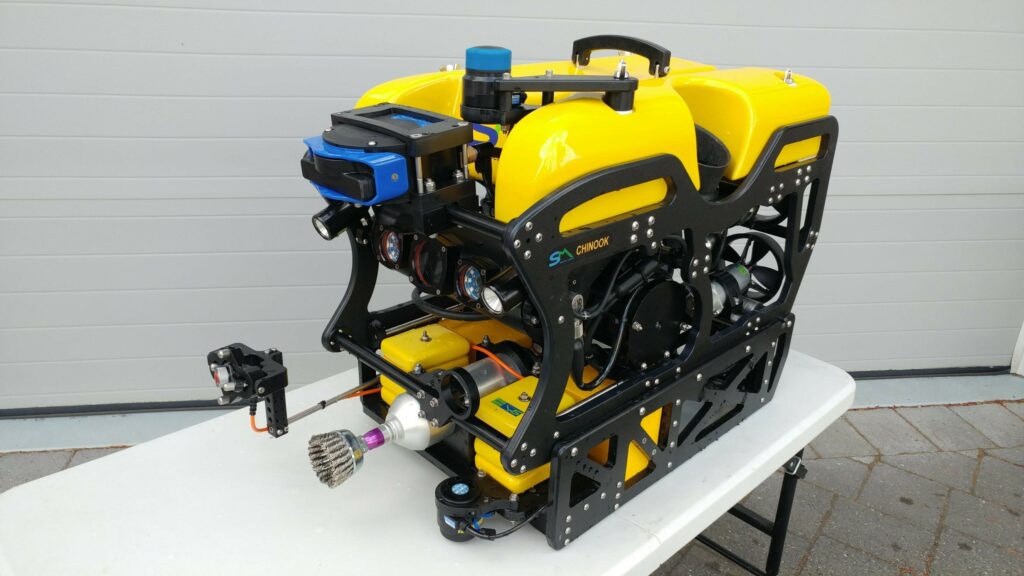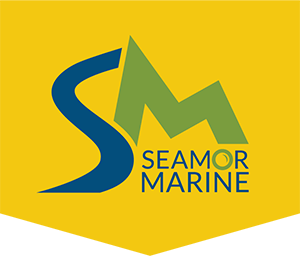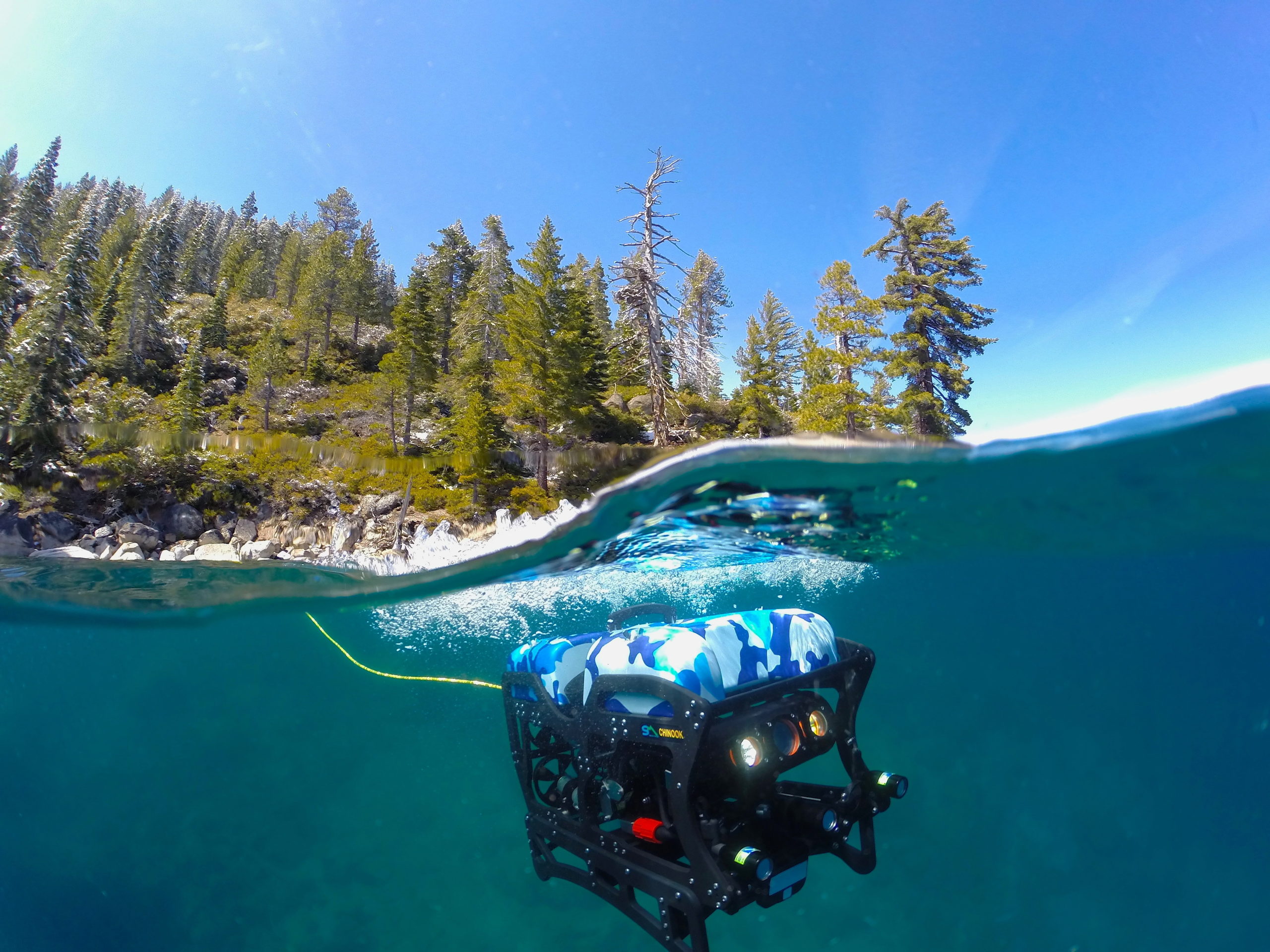The trade-offs between ROV speed versus functionality involve finding the right balance between speed, quality, materials, and accessories based on the intended use, budget, and environmental conditions. Prioritizing certain aspects over others will vary depending on the specific job requirements of your ROV and skill level of your pilots.
The break-down
- ROV Speed
- Faster ROVs typically come with higher costs due to advanced propulsion systems, efficient motors, and streamlined designs.
- Higher speeds sacrifice maneuverability and stability, especially in tight spaces or turbulent waters.
- Increased speed requires more power.
- ROV Overall Quality
- Higher quality ROVs entail better construction, durability, and reliability.
- Premium materials and advanced manufactoring contribute to superior performance and longevity.
- Quality ROVs come with more customisability and compatibility with a wide range of tools and accessories.
- Choice of Materials
- The choice of materials impacts both the performance and the cost of the ROV.
- Lightweight materials such as aluminum or composite plastics can improve buoyancy and maneuverability.
- Corrosion-resistant materials like titanium or special coatings are essential for ROVs operating in saltwater environments.
- Cheaper materials may compromise durability and longevity, leading to increased maintenance and replacement costs over time.
- ROV Accessories
- Accessories such as cameras, manipulators, sensors, and sampling tools enhance the capabilities of the ROV but also add weight and complexity.
- Each accessory requires additional power and may affect the ROV’s buoyancy and maneuverability.
- Choosing the right accessories depends on the specific mission requirements, balancing functionality with cost and operational constraints.

So, why choose ROV speed versus functionality?
Sometimes ROV speed can be crucial. There are some time-sensitive tasks where the benefit of speed outweighs the benefit of overall quality and longevity of the ROV.
- Emergency Response. When you are searching for survivors, you want to go fast. The only objective of this job is to find survivors and then, obviously, time is of the essence.
- Surveillance and Security. When monitoring sensitive areas such as underwater infrastructure, pipelines, or military installations, a fast ROV can quickly cover large areas to detect any suspicious activity or potential threats. To get a more detailed job done, you can send down a more stable and sturdy ROV.
- Scientific Research. Certain scientific research projects, such as studying fast-moving marine life or dynamic underwater environments, may require a fast ROV to keep pace with the subjects of study and capture accurate data in real-time.
For the first-time readers, SEAMOR Marine is dedicated to building you reliable, cost-effective, easy to use, long-lived, high-quality ROVs. While our ROVs can take on considerable speed, they are definitely not the speediest an ROV can be.
Functionality over speed
Here are a few examples where speed does not win the game.
- Extended Missions. For long-term monitoring, research expeditions, or ongoing inspection tasks, a reliable ROV with modular components allows for continuous operation without frequent downtime for repairs or maintenance.
- Commercial Operations. In commercial industries such as underwater construction, marine archaeology, or offshore energy exploration, where investment in equipment is substantial, a modular ROV offers flexibility to adapt to changing project requirements and maximize return on investment over the long term.
- Search and Recovery. In salvage operations for shipwrecks, cargo recovery, or underwater salvage of valuable assets, reliable ROVs are indispensable tools for surveying underwater sites, assessing damage, and executing precise maneuvers to retrieve objects from the seabed.
- Underwater Infrastructure Inspection. In civil engineering and infrastructure maintenance, ROVs are used to inspect underwater structures such as bridges, dams, and piers for signs of deterioration, corrosion, or structural damage. Functional ROVs provide regular and thorough inspections to ensure the safety and integrity of underwater infrastructure.
- Hydroelectric Power. ROVs are utilized in hydroelectric power generation facilities for tasks such as turbine inspection, sediment monitoring, and underwater maintenance. Long-lived ROVs can navigate confined spaces within dam structures and perform detailed inspections to optimize the efficiency and reliability of hydroelectric power plants.
- Aquaculture and Fisheries Management. In the aquaculture industry, ROVs monitor fish farms, inspect underwater cages, and assess fish health and behavior. Modular ROVs (SEAMOR ROVs) help aquaculture operators optimize fish farming practices and ensure sustainable management of marine resources.
The links lead you to some of the adventures SEAMOR ROVs get to live each day. Still not convinced we can build you a best friend for your business? Get in touch for a demo.

